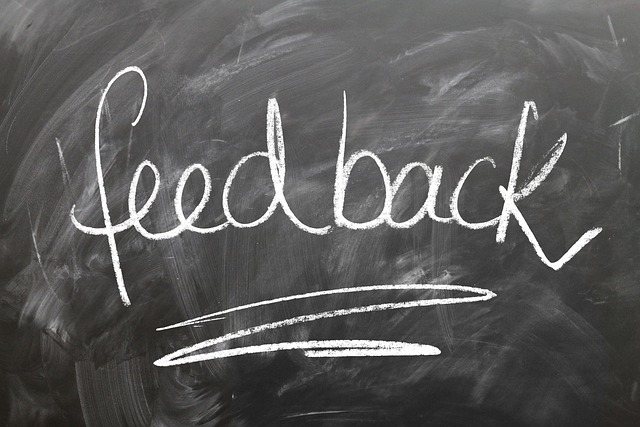
Conversation Unlocks Understanding in Stronger Relationships
When people talk, they often think of exchanging facts, sharing stories, or simply passing the time. In the realm of relationships, however, conversation takes on a deeper purpose: it becomes the bridge that connects hearts, clears misunderstandings, and builds a shared reality. The power of conversation is not in the words themselves but in the intention behind them and the attentive listening that accompanies each exchange.
The Anatomy of a Meaningful Conversation
Meaningful conversation is built on three pillars: openness, curiosity, and empathy. Openness allows each person to express feelings without fear of judgment. Curiosity fuels the desire to explore the other’s perspective, and empathy creates the safe space where vulnerability is welcomed.
- Ask open‑ended questions that invite explanation rather than a simple yes or no.
- Use reflective listening: paraphrase what you heard to confirm understanding.
- Pause and breathe—silence can be a valuable companion to words.
Listening as a Dialogue, Not a Monologue
Many of us view conversation as a performance: the more we speak, the more we are heard. Yet listening is the foundation upon which every conversation rests. When you truly listen, you unlock clues about desires, fears, and needs that words alone may not convey.
“The most basic and powerful way to connect is to listen with the intent to understand, not to reply.” – Unknown
Common Conversation Pitfalls in Relationships
Even well‑meaning couples stumble into communication traps. Recognizing these patterns is the first step toward healthier exchanges.
- Assuming the other knows what you want or how you feel.
- Using blame or criticism instead of expressing personal experience.
- Interrupting or finishing the other’s sentences.
- Shutting down after a disagreement.
- Ignoring non‑verbal signals—body language often tells more than words.
Turning Conflict into Connection
Conflict is inevitable in any partnership, but the way it is handled determines whether it tears or strengthens the bond. Here are four conversation strategies to transform conflict into growth.
- Use “I” statements: Speak from personal experience rather than assigning fault.
- Set a timer: Allocate a specific window to discuss the issue, allowing both sides to speak and listen fully.
- Seek the underlying need: Every disagreement hides a deeper wish—security, affection, or autonomy.
- Agree to disagree: Accept that not all differences need resolution; respectful divergence can coexist.
Conversation Habits That Foster Trust
Trust is cultivated over time, but consistent conversation habits can accelerate its growth. The following practices embed trust into daily life.
- Share one new thing each day—an observation, a feeling, or a memory.
- Express appreciation verbally, not just through actions.
- Maintain eye contact and an open posture during discussions.
- Schedule regular “check‑in” moments to talk about the relationship itself.
Digital Dialogue: Navigating Text, Voice, and Video
Modern relationships often rely on digital communication. Each medium carries unique advantages and pitfalls.
- Text: Great for quick updates, but can be misinterpreted without tone.
- Voice notes: Preserve vocal nuance, yet lack visual cues.
- Video calls: Offer full sensory engagement, but may be intimidating for some.
- Choose the format that aligns with the topic’s emotional weight and both partners’ comfort.
Self‑Awareness: The Internal Conversation
Effective external conversation starts with an honest internal dialogue. Understanding your own triggers, values, and emotional patterns equips you to communicate with clarity.
“The best conversations start with a conversation with oneself.” – Anonymous
- Keep a journal of recurring feelings and reactions.
- Practice mindfulness to notice thoughts before they become arguments.
- Identify personal communication styles—do you tend to be passive, aggressive, or assertive?
Building a Shared Narrative
Couples who craft a joint story feel more connected. Conversation is the tool that weaves individual threads into a coherent tapestry.
- Discuss shared goals—career, family, hobbies—and align them into a common vision.
- Create rituals such as a weekly dinner conversation where each partner shares highlights and challenges.
- Celebrate milestones together; reflect on how far you’ve come as a unit.
When Conversation Fails: Signs to Watch
Despite best efforts, some conversations may falter. Recognizing these red flags early can prevent long‑term damage.
- One partner consistently dominates the discussion.
- Repeated avoidance of difficult topics.
- Escalating silence after disagreements.
- Feelings of being unheard or invalidated.
- Physical or emotional withdrawal following conflict.
Seeking External Support
When internal attempts to improve conversation plateau, professional guidance can be invaluable.
- Couples therapy focuses on communication patterns and emotional regulation.
- Workshops on active listening provide practical skills and practice.
- Books and podcasts can offer fresh perspectives and exercises to try at home.
The Bottom Line: Conversation as an Ongoing Investment
Conversation is not a one‑time fix but a continual investment that requires attention, practice, and adaptation. The more attentively you engage, the deeper the understanding and the stronger the relationship becomes. By embedding intentional dialogue into everyday life, couples transform ordinary talk into transformative connection.

